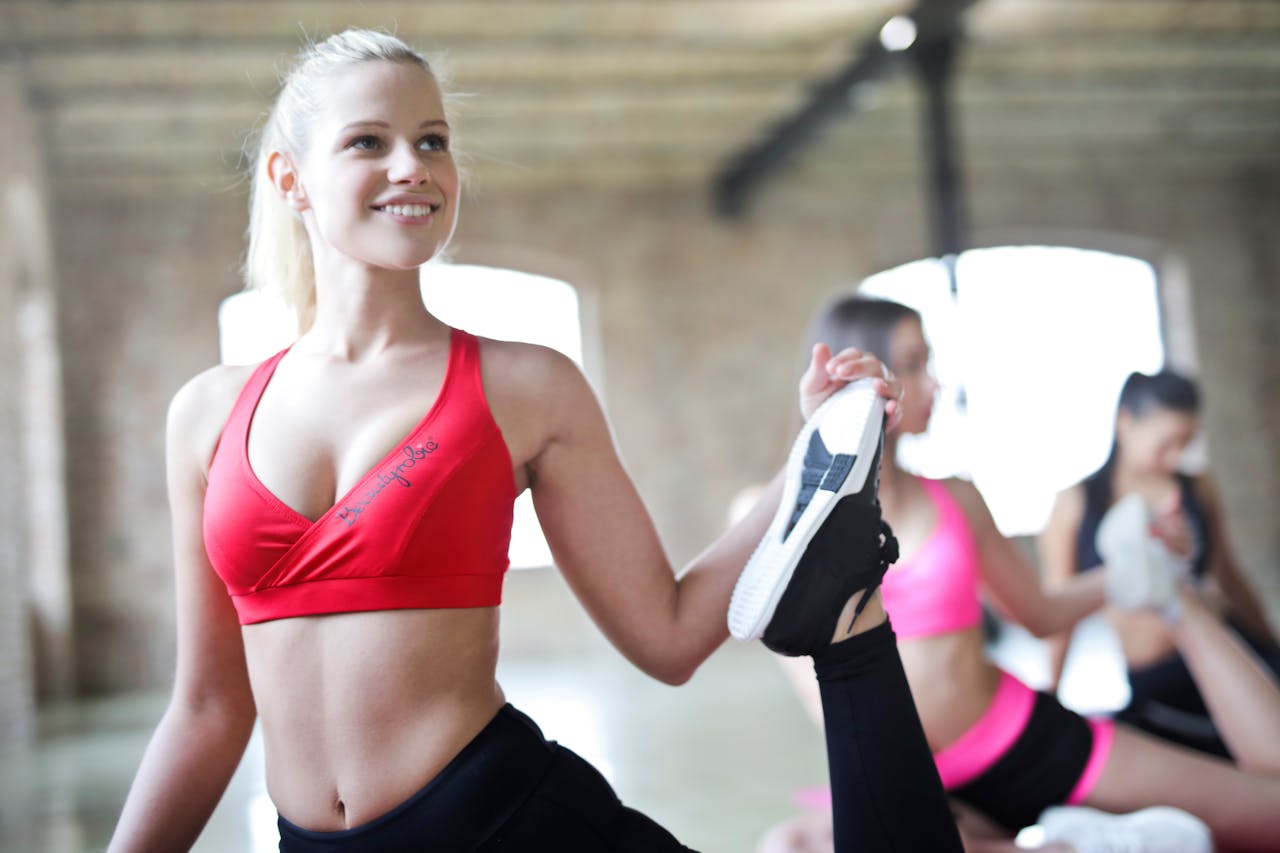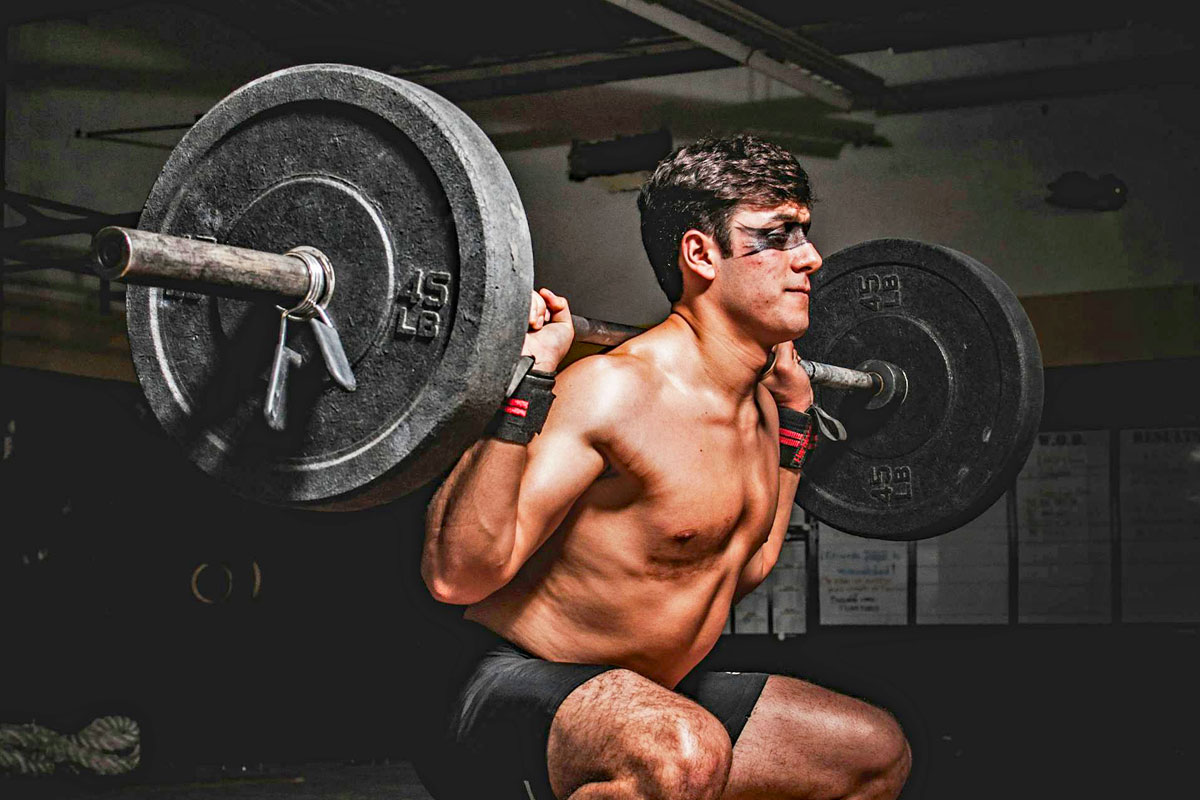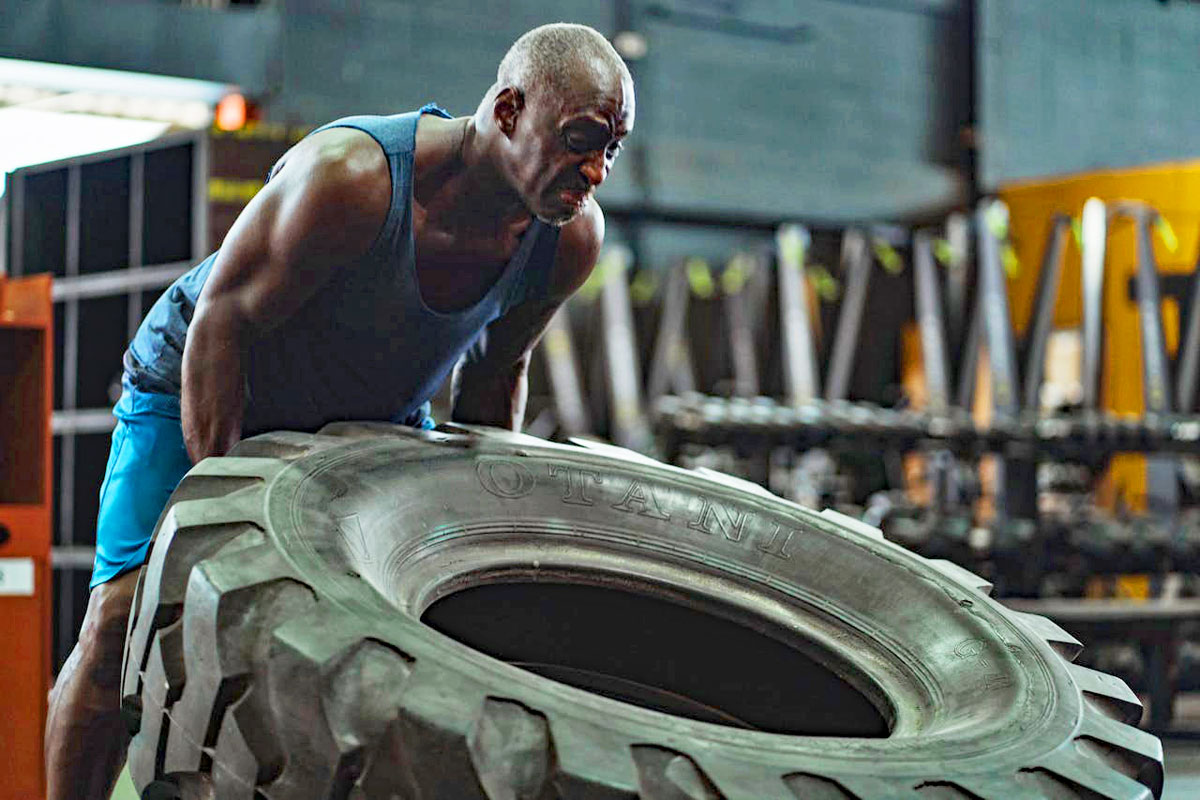Engaging in aerobic exercise is one of the most effective ways to improve cardiovascular health, boost energy levels, and enhance overall fitness. However, even with the best intentions, many individuals make mistakes that can limit the effectiveness of their efforts or even lead to injury. By understanding and avoiding these common missteps, you can maximize the benefits of your aerobic exercise routine and ensure long-term success in your fitness journey.
The Myth of "Muscle Burn"
One of the most pervasive misconceptions about aerobic exercise is the belief that the "burn" in your muscles is a reliable indicator of workout intensity. In reality, the sensation of muscle burn is related to lactic acid buildup, not cardiovascular effort. For aerobic exercise to be effective, it is essential to maintain your workout within a specific heart rate zone, typically 60% to 90% of your maximum heart rate. Instead of relying on muscle sensations, focus on monitoring your heart rate or using a Rating of Perceived Exertion (RPE) scale to gauge your effort level accurately.
Don’t Confuse Complexity with Effectiveness
Another common mistake is equating the difficulty of mastering a particular exercise with its intensity. Activities that require significant coordination, agility, or balance—such as using a cross-country skiing machine—might feel challenging but may not necessarily provide the desired cardiovascular benefits. Always prioritize exercises that align with your fitness goals and maintain an appropriate intensity level, regardless of how complex they may appear.
Finding the Right Intensity
Exercising at the correct intensity is crucial for achieving your fitness objectives. If your workout is too mild, you may not experience significant improvements in your endurance or cardiovascular health. Conversely, pushing yourself too hard can lead to burnout, injuries, or an inability to sustain the exercise long enough to reap its benefits. A balanced approach that keeps you within your target heart rate zone is the most effective way to train.
Be Kind to Your Joints
Certain aerobic activities, such as running or jumping, place considerable stress on the lower body. While these exercises can be effective, they may not be suitable for everyone, particularly individuals with joint issues or those recovering from injuries. Opt for low-impact alternatives like swimming, cycling, or using an elliptical trainer if you experience discomfort or are concerned about excessive joint strain. Tailoring your exercise choices to your body’s needs ensures a safer and more enjoyable workout experience.
Footwear Over Fashion
While workout attire can be a fun way to express yourself, it has no bearing on the effectiveness of your exercise routine. However, choosing proper footwear is critical. The right shoes provide the necessary support and cushioning to protect your feet, ankles, and knees during high-impact activities. Investing in quality footwear designed for your chosen activity can significantly reduce the risk of injury and enhance your overall performance.
Avoid Leaning on Machines
Using handrails on treadmills, elliptical trainers, or stair climbers as a crutch is a common error that compromises workout quality. Leaning excessively reduces the activation of core muscles, decreases calorie burn, and can lead to poor posture. Instead, aim to maintain an upright position with minimal reliance on handrails, allowing your body to work more effectively and naturally during the activity.
Don’t Skip the Warm-Up
Warming up before diving into your workout is essential for preparing your body for physical exertion. A proper warm-up gradually increases your heart rate, improves blood flow to your muscles, and reduces the risk of injury. Simple activities such as light jogging, dynamic stretches, or gentle cycling for five to ten minutes can help ease your body into more intense exercise.
The Importance of Rest
While dedication to exercise is commendable, overtraining can be counterproductive. Your body needs time to recover from the physical demands of your workouts, allowing your muscles to repair and strengthen. Incorporating rest days into your routine is vital for maintaining long-term progress and preventing burnout or overuse injuries. Listen to your body and prioritize recovery as part of your fitness plan.
Reconsider Weighted Accessories
Adding weighted items such as vests, wristbands, or ankle weights to your workouts may seem like a way to increase intensity, but they often do more harm than good. These accessories can alter your natural movement patterns, placing undue stress on your joints and increasing the risk of injury. Focus on using your body weight or resistance training equipment to safely build strength and endurance.
Beware of Gimmicks
The fitness market is saturated with products promising quick and easy results. While these gimmicks may be tempting, they rarely deliver the benefits they claim. Effective aerobic exercise requires consistency, effort, and a well-rounded approach. Avoid shortcuts and focus on proven methods to achieve sustainable results.
Exercise Smarter, Not Harder
Aerobic exercise is a powerful tool for improving cardiovascular health, boosting endurance, and enhancing overall well-being. By avoiding these common mistakes, you can ensure that your workouts are both safe and effective. Remember to prioritize proper technique, listen to your body, and maintain a balanced approach to your fitness routine. With dedication and smart strategies, you’ll be well on your way to achieving your health and fitness goals.
About the Author: James A. Peterson, Ph.D., FACSM, is a seasoned sports medicine consultant and freelance writer. His extensive experience includes serving as the director of sports medicine with StairMaster and as a professor at the United States Military Academy.













